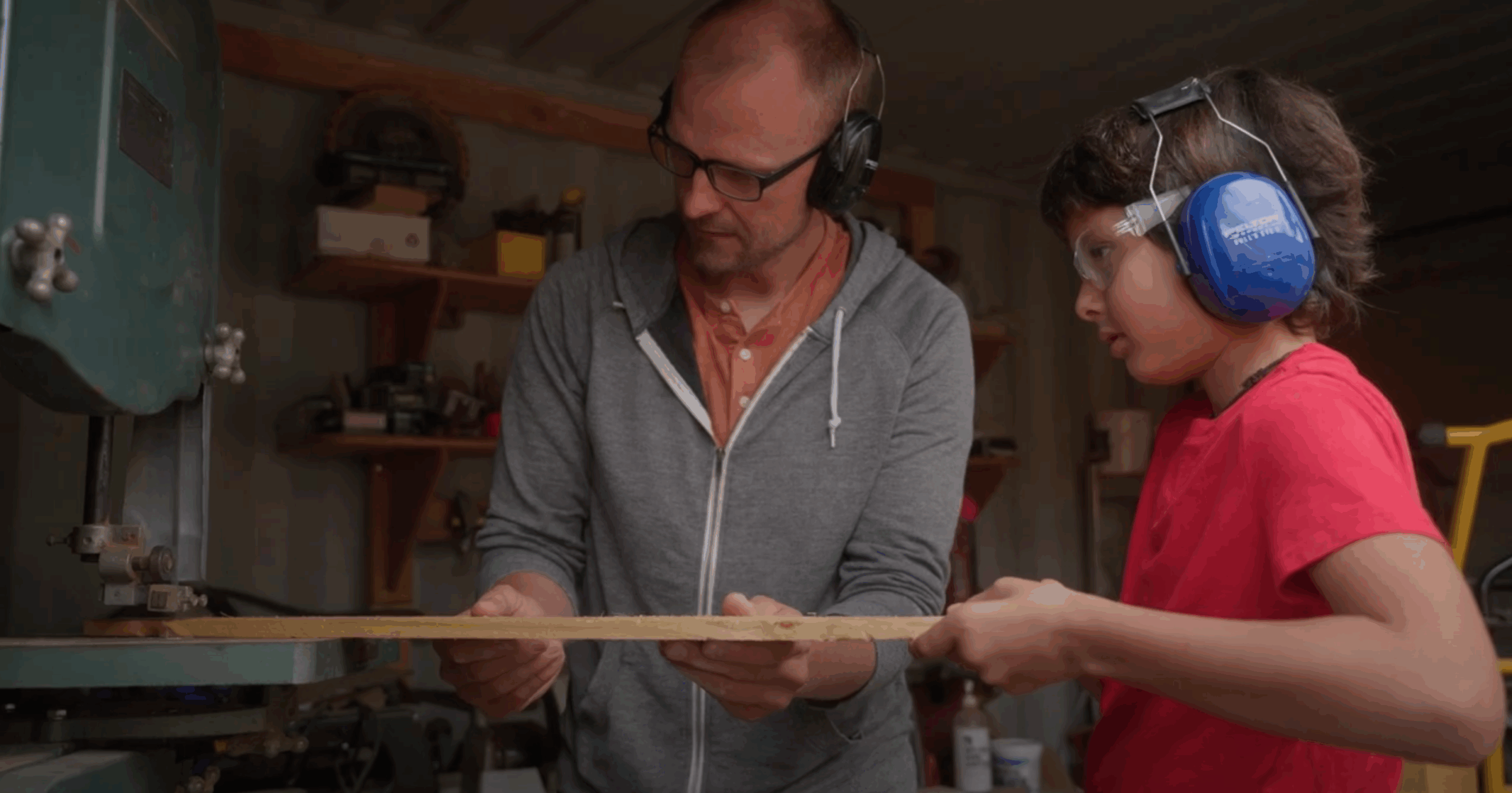
How Learner-Centered Environments Are Keeping Educators in the Field
By: Jason Krobatsch
Educators play a critical role in the lives and development of young people; yet, as a sustainable career path, teaching is in crisis. While the national attrition rate for teachers has remained at approximately 8% since 2012, one-third of teachers report wanting to leave the field. Many cite high levels of burnout as a reason for leaving, as well as pay and unrealistic expectations from district administration. Vacancy rates for new roles have spiked in recent years, offering little hope of relief for the teachers who remain.
But what if there were a way to keep talented educators from leaving the field?
Learner-centered environments—characterized by their attention to personal development over grades—are attracting top-notch educators who may have otherwise left education altogether. While each environment looks different, they share a core belief: every young person has unique skills, interests, and abilities that are central to their learning journey. That same respect extends to educators, fostering communities where everyone is truly known and their contributions are valued.
By reimagining systems, structures, and culture, learner-centered environments make it possible for educators to do their best work in both public and private settings. For many educators in these environments, they feel like they’ve found a place where the approach to education aligns with their values and the way kids learn.
Crosstown High
After taking a year off to start a family, Trey Weise, an educator currently at Crosstown High in Memphis, Tennessee, knew he couldn’t return to his previous school, which prioritized academic achievement over holistic outcomes. “I had seen the toll that the achievement- and results-driven approach had taken on my mental health and on my ability to function as a person outside of being a teacher. And I knew that my young family would require more from me than I had had to give as a teacher in that context.”
Rather than pursue a path in curriculum design or start a new career as a computer programmer, as he had planned, Trey found a job at Crosstown High, a school rethinking the traditional American high school experience by being a place where every learner—students and educators alike—can thrive. It’s a place that aligns with Trey’s values, professionally and personally. “At Crosstown, kids are seen as human before they’re anything else,” Trey shared. “And that commitment to holistic education for students is also applied to our staff, our families, and our community at large.”
As he starts his second year at Crosstown and begins coaching the women’s soccer team, Trey reflects on how his experience at Crosstown is different than at any other school. “There is a culture of respect here for both students and staff. It has made my life so much more sustainable. I am the least stressed that I’ve ever been in my educational career.”
The Met High School
Ellen Piangerelli, who began her eighth year as an advisor at The Met High School in Providence, Rhode Island, took a different path but shares the same joy as Trey. Having worked informally in education for about 10 years, she became a certified teacher in 2016, inspired by the inquisitiveness and passion of young learners. In her previous role, she met the son of the school’s custodian, who was a recent graduate of The Met. After hearing about his robust high school experience, Ellen sought out a job at the school, knowing it aligned with her approach to education. The Met is part of the international Big Picture Learning network, which proudly approaches education, “One student at a time.”
Ellen views education as an opportunity to build relationships and help young people see new possibilities. “It’s really about exposure and encouraging students to do and try things that they wouldn’t normally. I really see it as my job to push students to explore new things while not pushing them off the edge. It’s about holding them to high standards, but also really getting to know your students as people.”
At The Met, growth is the most important measure of a young person’s success. Imagine a learner who, previously, could barely make eye contact now delivering a presentation to a room full of peers, educators, family members, and community partners. Or picture a young person who struggled with dyslexia and reading comprehension, working with their mentor to understand text for their internship and developing foundational literacy skills in the process. These achievements are huge, and in learner-centered environments, they’re recognized as part of a young person’s academic accomplishments. “I think what is so different about learner-centered education is that you have to meet students where they are and then see growth from there,” Ellen explained. “A lot of schools say that they do that, but then you’re still held to the constructs of standardized testing.”
Rock Tree Sky
“I didn’t even know this type of education was possible,” Kenia Goicochea exclaimed when we discussed why learner-centered education is essential for both young people and educators. Kenia worked in multiple public schools for about five years before finding her home at Rock Tree Sky in Ojai, California. Kenia is passionate about supporting the needs of young people, but she realized the uphill battle she faced in all of her previous schools. “I felt like I failed my students because I couldn’t honor their humanity.”
Like many frustrated teachers, Kenia still found it hard to leave. “I was on a sinking ship. It was hard for me to take care of myself while also looking after 37 kids per class, each with immense challenges.” As a child, the classroom was a safe space for Kenia, and she wanted to provide that same space for learners. But in the wake of the pandemic, with so many of her middle school learners struggling with social and emotional trauma, gang involvement, and substance use, she found herself caught in a system that asked her to push through the curriculum and check boxes for testing, rather than respond to what her learners truly needed.
Kenia reflected: “Here I was in front of the class telling them they had to listen, sit still, and pay attention to things that I myself didn’t even believe they needed. In those moments, I think they could have received different support that would have been more meaningful for them. I made the decision to leave when I finally realized that I couldn’t be in deep integrity with myself while continuing to do that work in the way it was being done.”
Kenia believes in an education that is heart-centered and culturally relevant, centering the learner in their own journey. Rock Tree Sky, like many learner-centered environments, provides this possibility for both educators and learners. “In my previous schools, we’d always hear groans and students saying they ‘hated learning.’ I was reminded at Rock Tree Sky that we all have an innate desire to learn about the world around us. It varies by the district, but I think the rigidity of many conventional schools limits the natural curiosity of our young people.”
Keeping Purpose in Education
Imagine if every educator could spend their days doing the work that first called them to teaching—building trust, sparking curiosity, and helping young people uncover their strengths. The most powerful learning moments rarely come from delivering content for a test; they emerge in the relationships that inspire a learner to see the world, and themselves, in a new light.
To make that possible for each educator and young person, we need to reestablish the purpose of education. In learner-centered environments, the measure of success isn’t how much content a young person can recall, but how deeply they understand themselves and their capacity to contribute. This is the promise of learner-centered education: a future where every young person and educator thrives.
Jason Krobatsch is Director of Communications for Education Reimagined. As a lifelong learner, he brings his passion for community development, social justice, and civic engagement to his work in education transformation.
Source link


